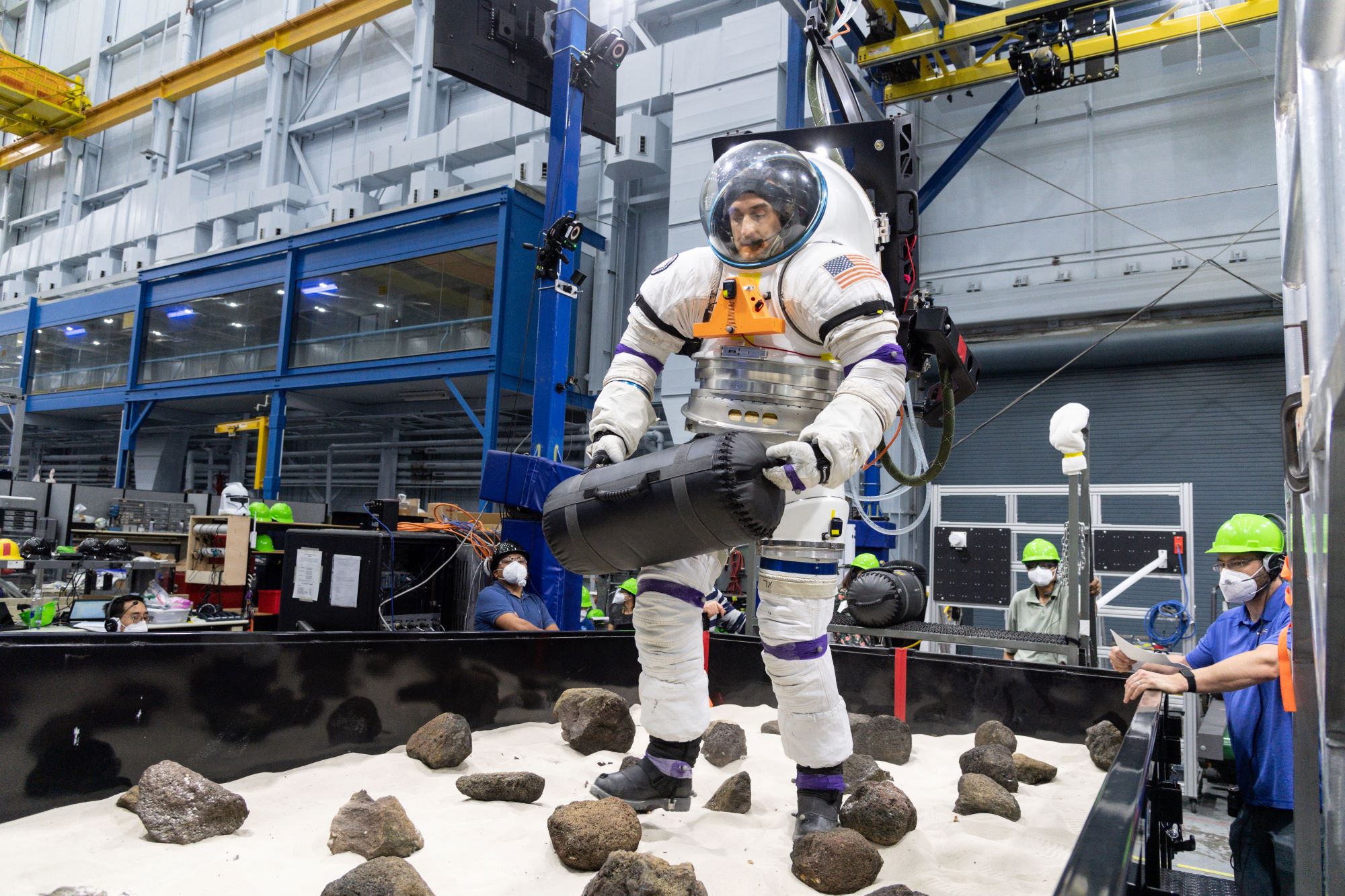Nasa’s Crew-3 astronauts return home, but keeping doing science
Nasa’s Crew-3 team returned home Friday morning, and immediately got to work doing science to help Nasa get to Mars

Your support helps us to tell the story
From reproductive rights to climate change to Big Tech, The Independent is on the ground when the story is developing. Whether it's investigating the financials of Elon Musk's pro-Trump PAC or producing our latest documentary, 'The A Word', which shines a light on the American women fighting for reproductive rights, we know how important it is to parse out the facts from the messaging.
At such a critical moment in US history, we need reporters on the ground. Your donation allows us to keep sending journalists to speak to both sides of the story.
The Independent is trusted by Americans across the entire political spectrum. And unlike many other quality news outlets, we choose not to lock Americans out of our reporting and analysis with paywalls. We believe quality journalism should be available to everyone, paid for by those who can afford it.
Your support makes all the difference.The four astronauts of Nasa’s Crew-3 mission have returned from the International Space Station after 177 days in space.
And although they’re back on the ground, the Crew-3 astronauts still have important work to do.
Nasa astronauts Raja Chari, Kayla Barron, and Tom Marshburn, as well as European Space Agency astronaut Matthias Maurer, splashed down off the Florida coast in their SpaceX Crew Dragon spacecraft at 12.43am EDT on Friday. They arrived on the ISS in November, and have spent the past six months conducting spacewalks and science experiments.
And for a short time, the Crew-3 team also shared the space station with their successors, the four astronauts of Nasa’s Crew-4 mission, who arrived at the ISS on 28 April. With both Mr Maurer and Crew-4’s Samantha Cristoforetti aboard, it was the first time two ESA astronauts had flown together on the space station since 2011.
The Crew-3 team’s scientific work was quite varied, according to a Nasa blog looking back on what the team accomplished in their time on the ISS. They studied the genetics of ISS microbes and of cotton plants grown in microgravity, wrangled swarms of small robots, studied how concrete hardens in space, and grew chili peppers — the green New Mexico hatch chile to be exact — among other experiments.
But the Crew-3 team have one more task to complete Friday, an assessment of how long duration space flight may have impaired their ability to move through an obstacle course. A very specific obstacle course.
Long periods in microgravity can leave astronauts weak and dizzy when returning to gravity, so much so they often need help getting out of their spacecraft. But when Nasa sends astronauts to Mars in the late 2030s, there won’t be a welcoming committee to help them get out, put on space suits, and move across the Martian landscape.
“We need to know: Right after astronauts land on a planetary surface, what can they physically do?” Jason Norcross, a human performance scientist at Nasa’s Kennedy Space Center said in a statement. “How long after landing should they wait to perform certain tasks?”
Shortly after splashing down, the Crew-3 astronauts will have been recovered and taken to a mock landing capsule, where they will be asked to climb out and down a ladder. Later, at the Kennedy Space Center, they will attempt to put on spacesuits and walk on a faux planetary surface, attempting to move small boulder-like objects.
“We need to know – can this even be done?” Mr Norcross said in a statement. “We think it can be, but then again, we’ve never assessed astronauts doing this particular task at this particular time before.”
Nasa plans to supplement such terrestrial science experiments with experiments in human performance and operations on the lunar surface once the space agency returns humans to the Moon as part of its Artemis program.
While the first Artemis mission to return humans to the Moon. Artemis III is currently scheduled for 2025, Nasa plans to send crews about once a year beginning in 2027. Studying the Moon is important, but Nasa officials have made it clear the space agency believes the Moon will serve as important practice for a later mission to Mars.
Join our commenting forum
Join thought-provoking conversations, follow other Independent readers and see their replies
Comments